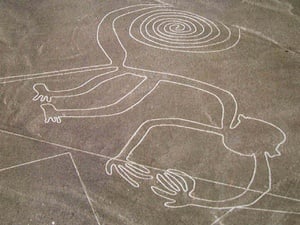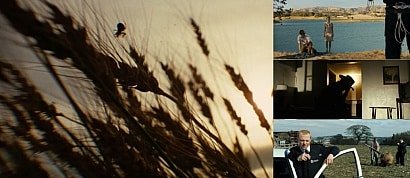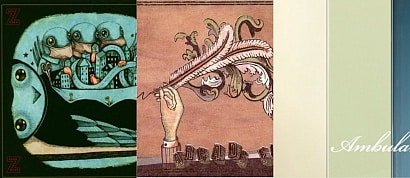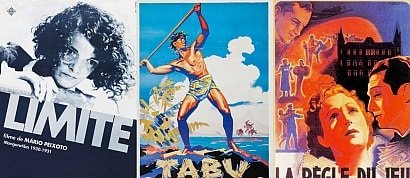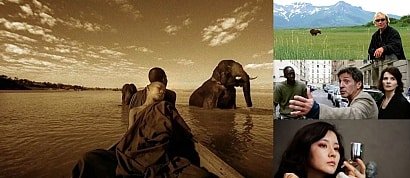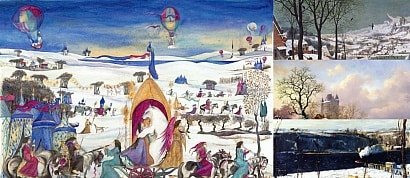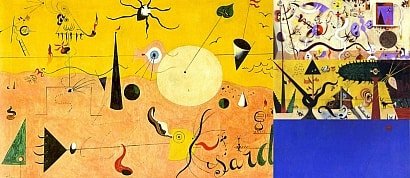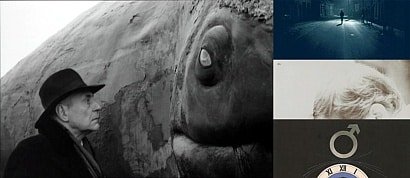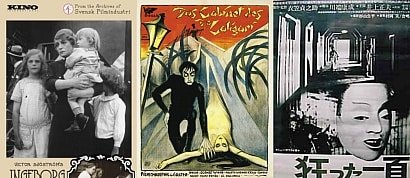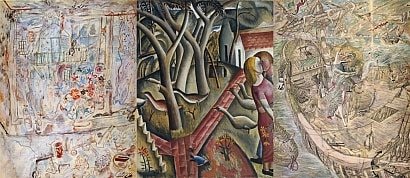The Nazca Lines
The Nazca Lines are a series of ancient geoglyphs located in the Nazca Desert in southern Peru. They were designated as a UNESCO World Heritage Site in 1994. The high, arid plateau stretches more than 80 km (50 mi) between the towns of Nazca and Palpa on the Pampas de Jumana about 400 km south of Lima. Although some local geoglyphs resemble Paracas motifs, scholars believe the Nazca Lines were created by the Nazca culture between 400 and 650 AD. The hundreds of individual figures range in complexity from simple lines to stylized hummingbirds, spiders, monkeys, fish, sharks, killer whales, and lizards.
The designs are shallow lines made in the ground by removing the reddish pebbles and uncovering the whitish/grayish ground beneath. Hundreds are simple lines or geometric shapes; more than 70 are zoomorphic designs of animals such as birds, fish, llamas, jaguars, monkeys, or human figures. Other designs include phytomorphic shapes such as trees and flowers. The largest figures are over 200 m (660 ft) across. Scholars differ in interpreting the purpose of the designs, but in general, they ascribe religious significance to them. Other theories have been summarized as:
"The geometric ones could indicate the flow of water or be connected to rituals to summon water. The spiders, birds, and plants could be fertility symbols. Other possible explanations include irrigation schemes or giant astronomical calendars."
Due to the dry, windless, and stable climate of the plateau and its isolation, for the most part, the lines have been preserved. Extremely rare changes in weather may temporarily alter the general designs. As of recent years, the lines have been deteriorating due to an influx of squatters inhabiting the lands.
(Wikipedia)
The designs are shallow lines made in the ground by removing the reddish pebbles and uncovering the whitish/grayish ground beneath. Hundreds are simple lines or geometric shapes; more than 70 are zoomorphic designs of animals such as birds, fish, llamas, jaguars, monkeys, or human figures. Other designs include phytomorphic shapes such as trees and flowers. The largest figures are over 200 m (660 ft) across. Scholars differ in interpreting the purpose of the designs, but in general, they ascribe religious significance to them. Other theories have been summarized as:
"The geometric ones could indicate the flow of water or be connected to rituals to summon water. The spiders, birds, and plants could be fertility symbols. Other possible explanations include irrigation schemes or giant astronomical calendars."
Due to the dry, windless, and stable climate of the plateau and its isolation, for the most part, the lines have been preserved. Extremely rare changes in weather may temporarily alter the general designs. As of recent years, the lines have been deteriorating due to an influx of squatters inhabiting the lands.
(Wikipedia)
Added to
People who voted for this also voted for
OK WTF movies
Favorite Action Films: 1990-1991
From Best to Worst: 2007 Movies
Cinematic Excrement episodes
Top 10 2018
Favorite Action Films: 1984-1985
Favorite Drama Films: 1984-1985
Favorite Sci-Fi/Fantasy Films: 1984-1985
Favourite Albums of 2005
born in year 1976
1994 Films Ranked
2016 Films Ranked
Best movies of the 30's
2005 Films Ranked
1997 Films Ranked
More lists from Kenji
Winter Paintings
Vietnam: Home and the World
The Best of Miro
My Favourite Hungarian Films
Mental Illness: A Selection of Films
Welsh Artists: David Jones
Notable Films about Animals
 Login
Login

